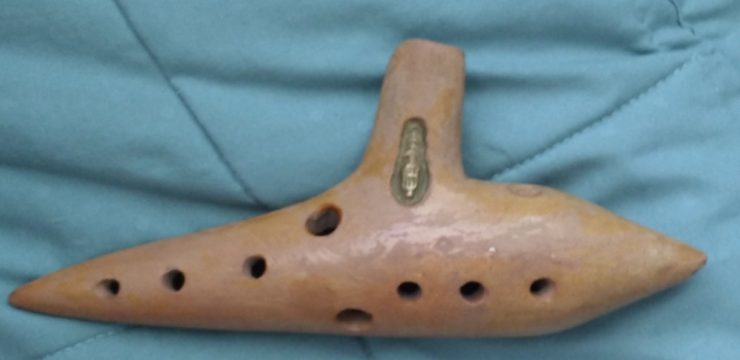Polymyalgia rheumatica is an inflammatory condition that often flies under the radar, yet it impacts a significant number of older adults. It’s mostly characterized by muscle stiffness and joint pain, commonly affecting areas like the shoulders and hips. Symptoms can develop either abruptly or slowly over a few days. While it can be mistaken for other conditions such as fibromyalgia due to the muscle discomfort it causes, polymyalgia rheumatica has different causes, symptoms, and treatment methods.

It’s important to note that this condition rarely affects individuals under 50 and is most commonly diagnosed in people over the age of 65. In addition, it’s closely linked to another inflammatory disorder called giant cell arteritis, which can cause serious complications if not treated properly. Recognizing the early signs of polymyalgia rheumatica is key to managing it effectively and preventing long-term discomfort. One of the earliest and most noticeable symptoms is pain in the shoulders.
This aching can make daily tasks, like putting on clothes or reaching for objects on a shelf, particularly difficult. The pain usually appears on both sides of the body and tends to worsen at night, leading to trouble sleeping. It may also extend into the upper arms, creating a deep, persistent ache that doesn’t go away easily. While shoulder pain is typically where it all begins, many people with this condition report discomfort in other large muscle groups, including the neck, buttocks, hips, thighs, and upper arms. This kind of pain can interfere with simple movements such as sitting down, bending forward, or standing up. The discomfort often intensifies after repetitive actions or long periods of inactivity, adding to the challenge of staying mobile.
One of the hallmark features of polymyalgia rheumatica is stiffness, especially after waking up in the morning or sitting in one position for too long. Many people describe this sensation as their muscles “locking up.” This stiffness can last for more than an hour and often impacts several parts of the body at once. Although some people may find temporary relief through gentle movement or stretching, untreated symptoms can lead to worsening mobility over time. If the stiffness continues without proper care, it can reduce a person’s range of motion. This means simple actions like lifting your arms above your head or swinging them out to the side can become painful or impossible. The same applies to the hips, making it hard to get up from a chair or walk up stairs.
As a result, people may start avoiding certain movements altogether, which unfortunately leads to weaker muscles and even more limited flexibility. In addition to affecting the shoulders and hips, polymyalgia rheumatica can also cause discomfort in joints like the knees, elbows, and wrists. These symptoms may be mistaken for arthritis, but unlike rheumatoid arthritis, polymyalgia rheumatica typically doesn’t lead to joint swelling or permanent damage. Still, the combination of joint and muscle pain can make everyday activities—like writing, typing, or walking—much harder. This added difficulty can significantly reduce a person’s ability to function independently. Aside from muscle and joint issues, there are other signs of polymyalgia rheumatica to be aware of.
Some people experience low-grade fevers due to the inflammation. Fatigue is another common complaint, with many individuals feeling tired all the time regardless of how much rest they get. Others may report feeling generally unwell or losing their appetite, which can result in unintentional weight loss. Depression is also something to watch for, especially when the loss of mobility and chronic pain begin to take a toll on mental health. As we age, it’s natural for our bodies to face more health challenges, but being proactive about recognizing those signs can make a big difference. If you or someone close to you starts experiencing muscle stiffness—particularly in the shoulders or hips—or joint pain in areas like the knees or wrists, it’s important to consult with a healthcare provider. Early diagnosis and treatment can go a long way in preserving mobility and maintaining quality of life. Left untreated, polymyalgia rheumatica can lead to a cycle of pain, limited movement, and emotional strain, making timely medical attention all the more critical.





